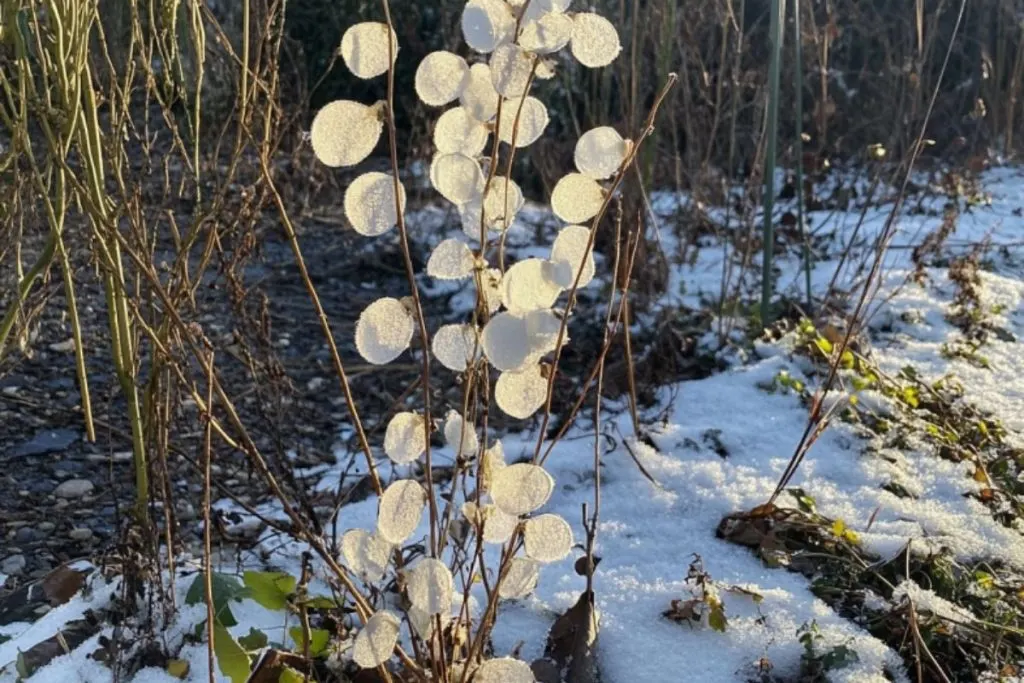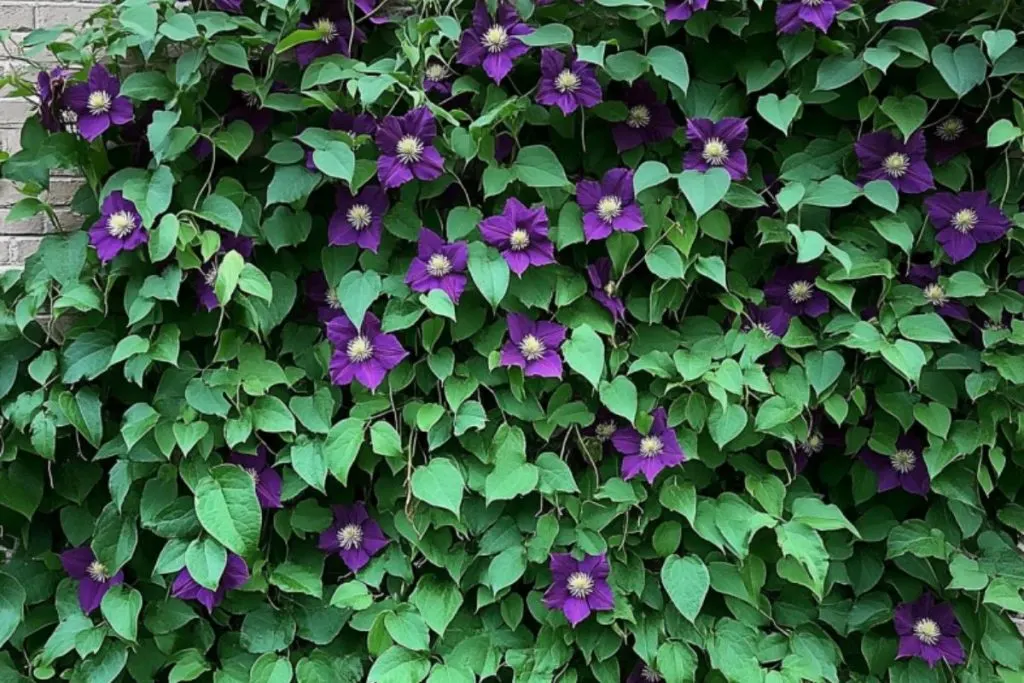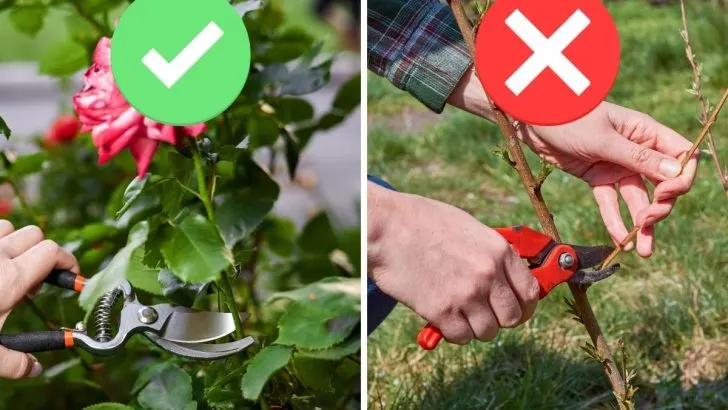Pruning can often feel as daunting as trying to cut your own bangs — one wrong snip and you’ll be wearing a hat for weeks. But don’t let fear paralyze your gardening shears! Plants, like hair, have a way of bouncing back when given the right snip at the right time.
Knowing what to avoid in perennial pruning can transform your garden into a resplendent tapestry of greenery and blooms. Let’s explore six common pruning blunders and how to sidestep them, ensuring your garden remains a thriving oasis.
Imagine the tranquility of strolling through your garden with confidence, secateurs ready, as you know precisely when and how to prune each plant. No rush, no panic — just serene gardening bliss.
Sounds idyllic, right? To reach this level of pruning prowess, we must first identify and avoid the frequent pruning pitfalls that crop up season after season.
1. The Wrong Time Is the Right Time To Mess Up

The golden rule of pruning is knowing when not to prune. Many gardeners make the mistake of pruning at the wrong time, which can spell trouble not just for the plants but for the entire garden ecosystem. The infamous “fall cleanup” might seem like a good idea, but it can lead to stripping your garden of its natural winter protection.
Consider plants like Echinacea, which, when left standing, offer food and shelter to wildlife through winter and protect their crowns with dry foliage.
Conversely, plants like peonies require tidying up in the fall to prevent disease and ensure healthy blooms. Understanding each plant’s unique timeline can make all the difference in achieving a vibrant garden.
Remember, timing isn’t just about the calendar. Different weather conditions and plant varieties mean the right time varies. A little research can go a long way in preventing pruning faux pas, guaranteeing a lush, healthy garden come spring.
2. Not pruning perennials at all

It can be tempting to skip pruning when confronted with lush, verdant growth begging to be left alone. However, leaving plants unpruned can create a tangled mess that wreaks havoc in subsequent seasons. I’ve learned this lesson with my clematis when it grew into a straggly jumble because of my negligence.
When you ignore pruning, you’re not just letting your plant grow freely — you’re setting it up for reduced blooms and increased competition for nutrients.
Without intervention, perennials can lose their shape, become unmanageable, and attract pests or diseases. Proper pruning redirects a plant’s energy into creating vigorous growth and gorgeous flowers.
It’s essential to remember that pruning is not just about aesthetics; it’s about the plant’s overall health. A strategic prune makes plants more resilient, so don’t shy away from giving them the attention they need to shine.
3. Pruning Too Much

While pruning is undoubtedly essential, doing too much can be just as harmful as not doing it at all. Enthusiastic shearing can lead to stressed plants, particularly for woody perennials like lavender or rosemary, which can struggle to recover from heavy cuts.
Excessive pruning can result in several lean years, negatively affecting both your garden’s beauty and its productivity. When in doubt, adopt the mantra less is more. Regular light trims encourage plants to grow healthily without overwhelming them.
Think of a careful pruning routine as a series of minor haircuts rather than one drastic buzz cut. This helps maintain plant structure and health, keeping your garden vibrant and thriving all year round.
4. Knowing When to Thin, Not Prune

Not all plants respond positively to severe pruning. Some, like the elegant magnolia or camellia, benefit more from thinning or deadheading rather than harsh cuts. For instance, thinning my tulip magnolia improved its air circulation and enhanced its overall health and beauty.
Thinning involves removing selected branches to allow light and air to reach more parts of the plant, fostering a healthier environment. This method is crucial for slow-growing shrubs that could otherwise be damaged by aggressive pruning techniques.
Being gentle with your shears and choosing to thin rather than prune can bring out the best in your plants, ensuring they remain healthy and aesthetically pleasing. Each plant requires a thoughtful approach to determine the best care methods for optimal growth.
5. Pruning at the Wrong Stage: Too Early or Too Late

Timing isn’t just about the season but also the growth stage. Pruning too early, like with roses, might lead to new growth susceptible to frost damage. On the other hand, if you prune too late, your plants might lack the natural protection they need for upcoming growth.
Understanding when to prune helps maintain your plants’ natural defenses, ensuring they can recover and thrive during the growing season. Each plant type has its own ideal pruning schedule, which is often a blend of experience and observation in your specific climate conditions.
Through attentive observation and timing, you can enhance your plants’ resilience and beauty, ensuring they bounce back stronger after each prune. A careful approach to pruning timing is key to a flourishing garden.
6. Repurpose Healthy Prunings

Don’t just discard your prunings — turn them into an opportunity! Instead of throwing away healthy cuttings, use them for propagation to expand your garden without extra cost. Nurturing these cuttings into new plants adds more diversity and beauty to your landscape.
By recycling prunings into new plants, you’re not only being resourceful but also contributing to a more sustainable gardening practice. This approach ensures that your garden thrives and evolves year after year, creating an ever-changing tapestry of life.
So, as you gear up for your next pruning session, keep these tips in mind to avoid common mistakes. With practice and patience, you’ll become a confident gardener, shaping your garden into a lush haven with each thoughtful snip. Now, grab those pruners and let the transformation begin!

